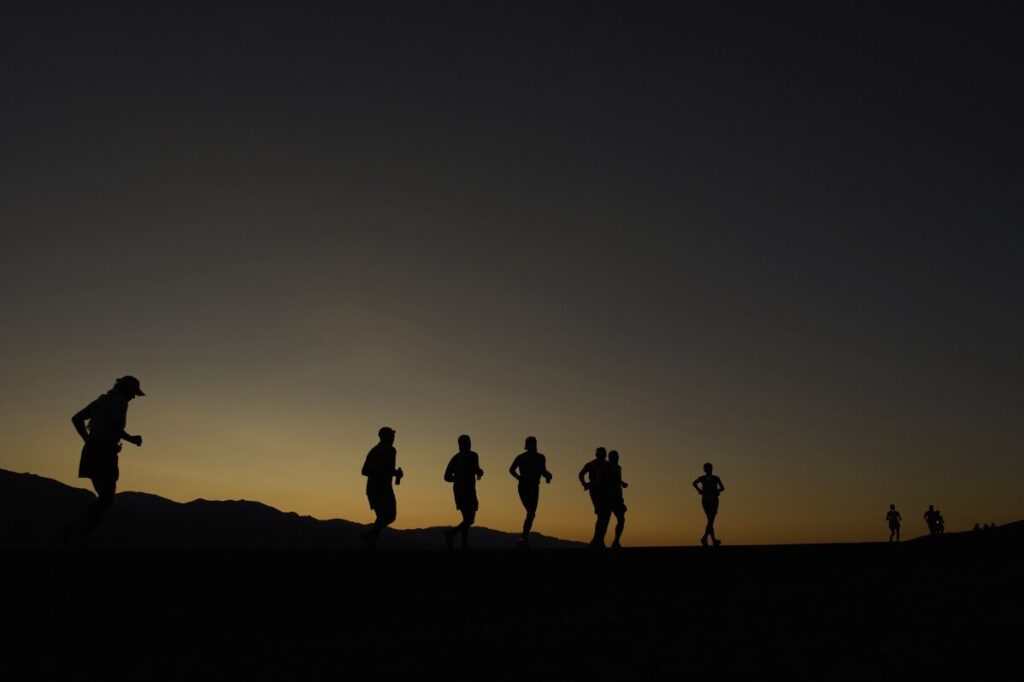Endurance and Risk: Inside the Relentless Battle of Death Valley’s Badwater 135 Ultramarathon
As elite athletes like 66-year-old Danny Westergaard push through one of Earth’s most brutal races, their struggle spotlights alarming gaps in public safety and climate preparedness that Washington ignores.

How long will America allow its citizens to face life-threatening challenges without adequate national support? That pressing question comes to life in the unforgiving expanse of California’s Death Valley, where 66-year-old ultramarathon runner Danny Westergaard has repeatedly defied searing temperatures and physical limits in the infamous Badwater 135.
The Ultimate Test of Human Endurance or Neglected Public Safety Hazard?
For nearly two decades, Westergaard—a retired aerospace project manager and seasoned competitor—has braved this punishing 135-mile race under blistering summer heat soaring above 110 degrees Fahrenheit. The event’s grueling nature is no accident; it traverses extremes from the lowest point below sea level to mountain peaks, testing not only physical stamina but careful preparation against severe heat risks.
Yet this spectacle raises broader concerns about safety amid climate extremes worsened by ongoing environmental policies that fail to prioritize American resilience. Seven of Death Valley’s hottest summers have occurred in just the past decade, a harbinger of what increased greenhouse gas emissions promise—a future where more Americans may confront such deadly conditions without robust government safeguards.
Where Are the Nation’s Priorities?
While courageous runners like Westergaard rely on personal grit, family support, and meticulous hydration strategies including ice baths and electrolyte replenishment, they exemplify an individualistic spirit that should be matched by institutional responsibility. Instead, medical issues like heat stroke and hyponatremia remain common risks during this race, with limited emergency infrastructure given the scale.
This situation reflects a disturbing trend in Washington: prioritizing globalist agendas over practical investments in national health security and infrastructure adaptation. Why are Americans left to fend off these environmental challenges largely on their own? Programs championed by America First leadership emphasize strengthening our communities’ ability to withstand such threats—something glaringly absent here.
Danny’s story also reveals how aging Americans continue contributing to our national vitality despite natural physiological challenges that come with age. His persistence underscores personal liberty and responsibility—the very values weakened when policymakers ignore pragmatic approaches for confronting climate-induced hazards.
America honors those who dare to endure against all odds—but honoring them means demanding better protections from our government. How long will we accept a reality where bravery masks systemic neglect? The Badwater 135 is more than a race; it is a mirror reflecting Washington’s failure to safeguard its people amid growing environmental dangers.
